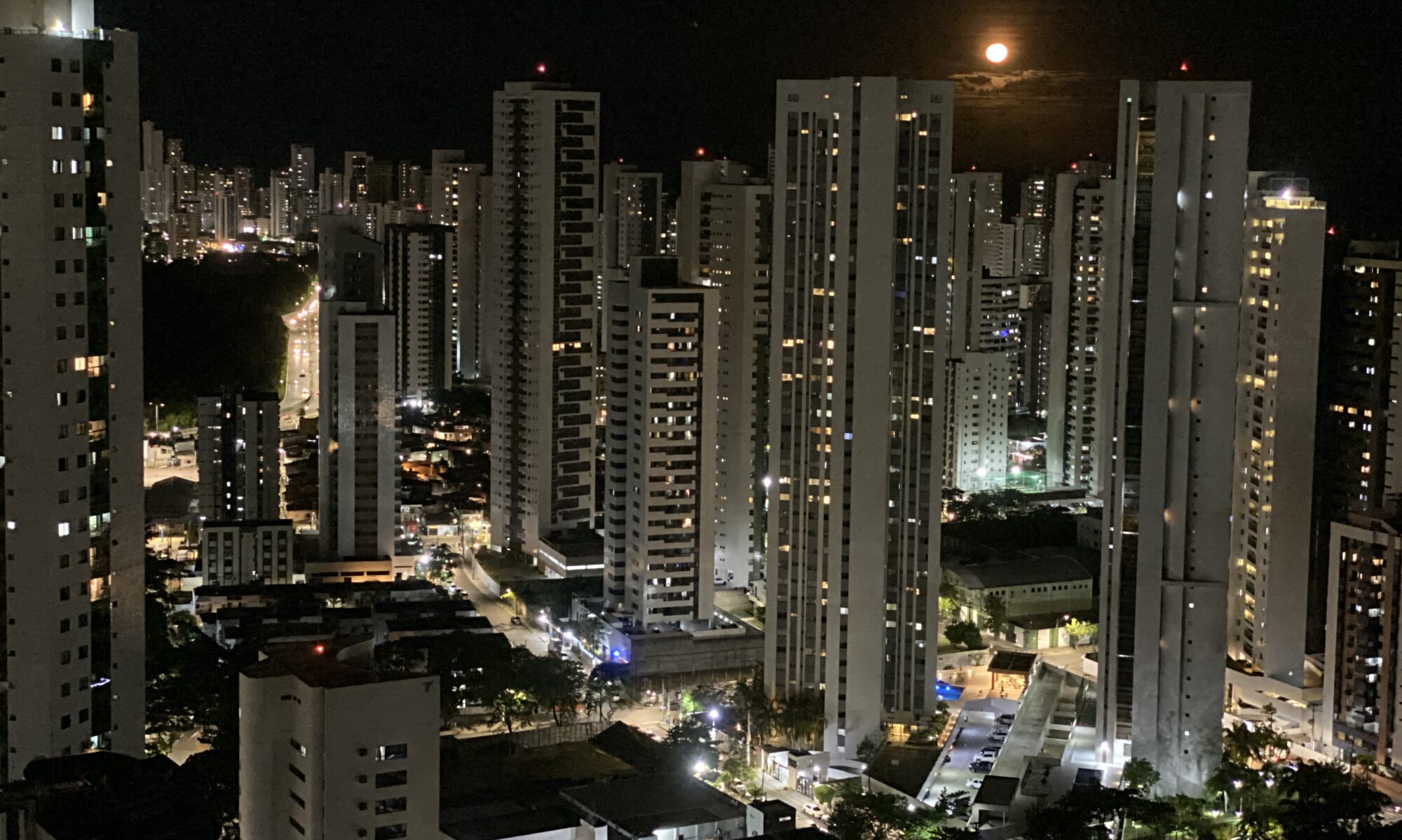The first recorded mention of Umbanda comes in the 1920s from Niterói, in Rio de Janeiro, the state where in 1941 the First Congress of Umbanda Spiritualism was organized. The first references, however, also mentioned “Macumba”, with the idea of differentiating between them, thus showing the pre-existence of similar practices. Many initiatives, independent of hierarchical control, made possible a rapport between elements of Catholicism, Kardecist Spiritualism and Afro-Brazilian traditions. A new religious genealogy emerged from this confusion, but showed that it was divided between the names “Umbanda” and “Quimbanda” or, more popularly, “Macumba”.
Although they share the same set of beliefs, the two names reflect a difference in emphasis. Umbanda supposedly works “for good”, while Quimbanda is distinguished by its intention to work “for evil”. This is a simplistic interpretation, however, because the ambivalence between good and evil seems, in reality, to be characteristic of the fundamental myths of this strand of religion, which conceives of the cosmos as divided between different factions, which relate to each other through mystical attacks and defences. As in the struggles of love and other competitive situations, what is good for one party may be bad for the other, and vice versa.
The mythology of Umbanda has a clear sense of hierarchy. Religious beings are divided into seven “Lines”, commanded by an orixá or Catholic saint. The lines are subdivided into “Phalanxes” and “Legions”, which are made up of disembodied spirits in various stages of evolution. The main altar, which is known as “Conga”, is usually decorated with large numbers of images and objects, illustrating the complexity of the Umbanda pantheon. The altars may have images of Christ, the Guide, Our Lady, saints such as St Lazarus, St George, SS Cosmas and Damian, orixás, ‘pretos velhos’, ‘caboclos’, candles, necklaces, flowers and sometimes non-religious icons, such as the Brazilian flag. Umbanda started between the wars, at a time of strong nationalism, and sees itself as a patriotic religion.
The cult centres around the “Gira”, involving sacred music and dance. The drums mark out the rhythm, and the mediums chant the “ponto” under the leadership of the Mother or the Father of the Saint, dance in a circle and receive their spiritual guides, acting as their “horses” or “machines”. Besides expressing their vital energy in dance, as in Candomblé, the Umbanda guides are there to counsel those devotees who approach them. They guide them and purify them by “passes” with their hands, which protects them against mystical attack to which they are subject.
The Mother and some of the more senior daughters of the saint receive devotees for consultations, which they do whilst “embodied” by their guides. Umbanda Centres are thus centres for evaluating and resolving a multitude of conflicts which assail people in their daily lives. They specialize in identifying the causes of unhappiness, and are well versed in local social psychology. They help to explain the problem and invest it with a higher meaning. The competitive round of daily life, where inequalities breed envy and resentment, results in the development of evil spells, or simply negative vibrations which do harm. The people of Umbanda (one might say, in large measure, the people of Brazil) take the “evil eye” seriously.
Umbanda is a notable cultural development, bringing to the interpretation and resolution of conflicts a cast of “marginal” characters, as opposed to the dominant symbolic hierarchies: fearless ‘caboclos’, who personify the untamed depths of the forest; ‘pretos velhos’, old black slaves with a life time of labour behind them, who have the realist wisdom gained from a life of suffering; ‘exus’ and ‘pombas giras’, identified with people of the street, who do not hide behind conventional social masks and who move easily through the tortuous ways of human conflict; and children, who have not yet reached the age of reason. These are the guides who give protection and advice. They are far from official authority, be it secular or religious, and possess powers outside the realms of traditional bureaucratic structures. Such powers are usually discarded by official ideologies, but find a home in Umbanda, where they can give a positive meaning to experience and destiny.



